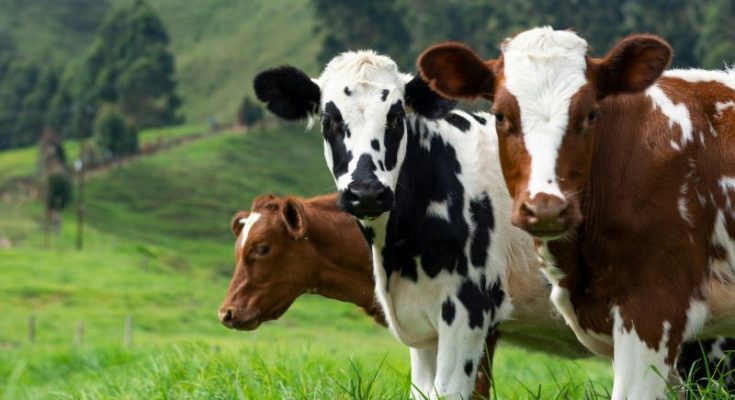#BirdFlu, #America, #USA, #USABirdFlu
IBNS-CMEDIA: A second human case of highly pathogenic avian influenza (HPAI) A(H5) virus infection has been identified in the state of Michigan.
This is the third human case associated with an ongoing multistate outbreak of A(H5N1) in U.S. dairy cows.
None of the three cases are associated with the others.
As with the previous two cases (one in Texas, one in Michigan), the person is a dairy farm worker with exposure to infected cows, making this another instance of probable cow-to-person spread.
This is the first human case of H5 in the United States to report more typical symptoms of acute respiratory illness associated with influenza virus infection, including A(H5N1) viruses.
CDC continues to closely monitor available data from influenza surveillance systems , particularly in affected states, and there has been no sign of unusual influenza activity in people, including no increase in emergency room visits for influenza and no increase in laboratory detection of human influenza cases.
Based on the information available at this time, this case does not change CDC’s current A(H5N1) bird flu human health risk assessment for the U.S. general public because all three sporadic cases had direct contact with infected cows. Risk depends on exposure, and in this case, the relevant exposure is to infected animals. The risk to members of the general public who do not have exposure to infected animals remains low.
However, this development underscores the importance of recommended precautions in people with exposure to infected or potentially infected animals. People with close or prolonged, unprotected exposures to infected birds or other animals (including livestock), or to environments contaminated by infected birds or other infected animals, are at greater risk of infection and should take precautions.
Case Background
A dairy worker with exposure to H5N1-infected cows (at a different farm from the case last week) reported symptoms to local health officials.
The patient reported upper respiratory tract symptoms including cough without fever, and eye discomfort with watery discharge.
The patient was given antiviral treatment with oseltamivir, is isolating at home, and their symptoms are resolving.
Household contacts of the patient have not developed symptoms, are being monitored for illness, and have been offered oseltamivir.
No other workers at the same farm have reported symptoms, and all staff are being monitored. There is no indication of person-to-person spread of A(H5N1) viruses at this time.
Specimens were collected from the patient; one of which was positive for influenza A(H5) virus using the CDC test at the state health department laboratory.
The specimens were forwarded to CDC for further testing.
They were received on May 29, and testing results that night confirmed A(H5) virus infection. Michigan was then notified of the results.
The designation of the influenza virus neuraminidase (the N in the subtype) is pending genetic sequencing at CDC and results will be made available within 1-2 days, if successful. Additional genetic analysis will look for any changes to the virus that could change the agency’s risk assessment.
CDC Activities and Risk Assessment
This case was detected through Michigan’s active monitoring program for people exposed to infected livestock, in collaboration with CDC.
The identification of an additional case of H5 is not surprising and shows the importance of a proactive public health response.
Given the extent of the spread of this virus in dairy cows, additional human cases in people with higher risk exposures would not be surprising.
A CDC priority right now is to prevent additional cases of A(H5N1) infections in dairy herd workers, who are at higher risk of exposure.
CDC has previously provided updated interim recommendations for worker protection to include those who work with dairy cows and asked states to provide personal protective equipment to farmworkers.
In addition, the agency is conducting ongoing outreach to groups representing farmworkers.
CDC Recommendations
People should wear recommended personal protective equipment when interacting with infected or potentially infected animals and monitor their health for 10 days after their most recent exposure.
People should avoid close, long, or unprotected exposures to sick or dead animals, including wild birds, poultry, other domesticated birds, and other wild or domesticated animals (including cows).
People should also avoid unprotected exposures to animal poop, bedding (litter), unpasteurized (“raw”) milk, or materials that have been touched by, or close to, birds or other animals with suspected or confirmed A(H5N1) virus.





